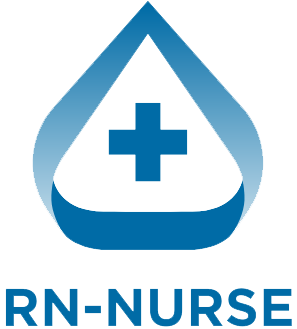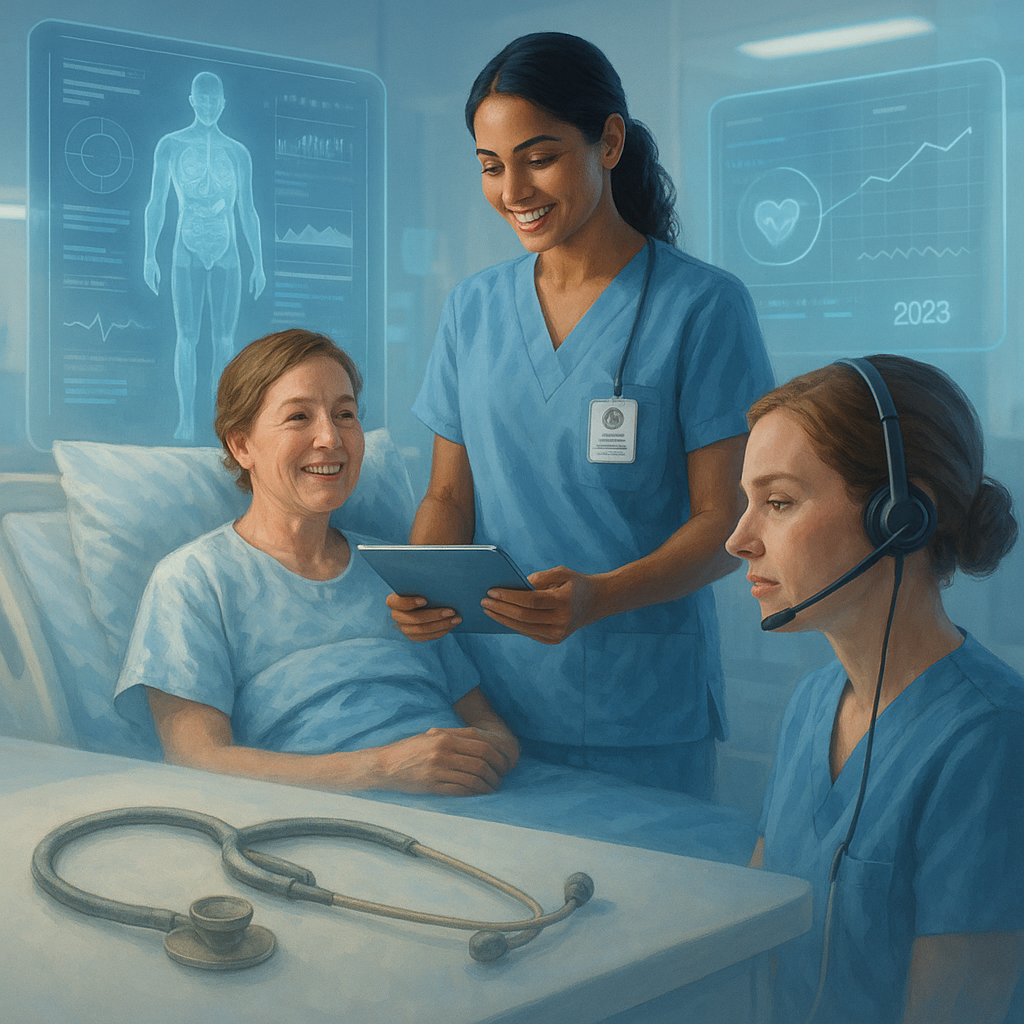The healthcare profession has experienced profound transformation in the past decade. From digital innovation to broader scopes of practice, the evolution of the caregiver’s role has significantly impacted how care is delivered. This article explores key changes affecting care providers—especially registered nurses (RNs), advanced practice clinicians, and support staff—and what these developments mean for patients and their families.
1. Technology’s Impact on Patient Care
Today’s care providers rely on digital tools more than ever. Electronic health records (EHRs), remote monitoring, and smart devices streamline documentation, enhance accuracy, and allow for more personalized treatment. These advances enable RNs, clinical nurse specialists, and other licensed caregivers to offer more efficient, evidence-based support.
Keywords used: patient care, home health, clinical nurse specialists, registered nurses rn
2. The Rise of Advanced Practice Clinicians
The healthcare landscape has witnessed a surge in advanced practice registered nurses (APRNs), including nurse practitioners, nurse anesthetists, and clinical specialists. With expanded autonomy, many are now authorized to diagnose, manage chronic conditions, and prescribe medication—especially in underserved communities—elevating access to care.
Keywords used: advance practice registered nurses aprn, advanced practice registered nurses, nurse anesthetists, prescribe medication
3. Expansion of Telehealth Services
Virtual care has become a staple in modern health systems. Through telemedicine, professionals can assess, counsel, and monitor patients remotely—offering convenience and consistency, especially for those in rural or home-based environments. The growth of virtual visits has opened up flexible career paths for care professionals, particularly in home health and chronic disease management.
4. Diversified Roles and Career Pathways
Over time, caregiving roles have broadened far beyond hospital settings. Professionals now work in public health, policy, education, and even tech. Both licensed practical nurses (LPNs) and RNs are embracing positions in care coordination and health informatics. Meanwhile, nurse practitioners are stepping into leadership roles and influencing organizational decision-making.
5. Emphasis on Higher Education and Training
There’s been a major push for professional development in recent years. Many employers now require a graduate degree for roles in leadership or specialized practice. In tandem, nursing education programs have adapted to include more clinical hours, simulations, and complex patient scenarios to reflect the changing care environment.
Keywords used: graduate degree, nursing education programs
6. Increased Focus on Mental and Emotional Well-Being
Emotional intelligence and psychological support are now seen as core components of patient interaction. Healthcare professionals are being trained to detect signs of mental strain in both patients and colleagues, a response shaped by burnout and the demands of the pandemic era.
7. Greater Recognition and Growing Demand
According to the Bureau of Labor Statistics, the demand for caregivers—including RNs, LPNs, and APRNs—continues to grow. Aging populations, public health crises, and chronic illness contribute to this upward trend. The field is gaining public recognition for its critical role in holistic health services.
8. Shift Toward Personalized and Holistic Care
Today’s care teams are more focused than ever on treating the whole person. From lifestyle coaching to collaborative planning, professionals work closely with patients and their families to address not just symptoms, but underlying causes and social factors influencing wellness. This patient-first model aligns with the national trend toward value-based health care.
Conclusion
- Over the past 10 years, the caregiving profession has evolved rapidly. From the expansion of advanced practice roles and telehealth to an emphasis on education, mental health, and autonomy, today’s care providers are more empowered, better equipped, and more valued than ever before. These changes not only improve outcomes but also foster stronger connections between professionals and the communities they serve.

